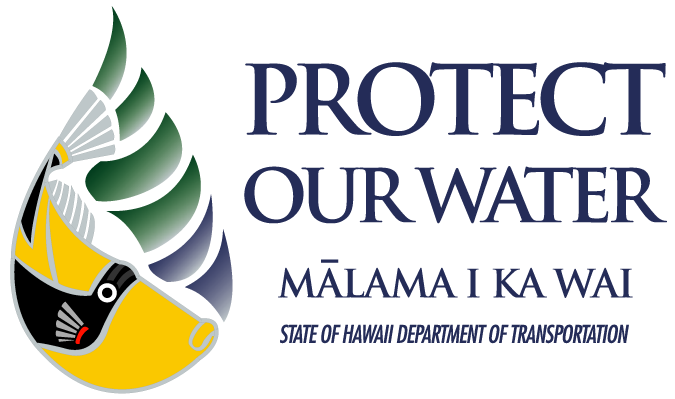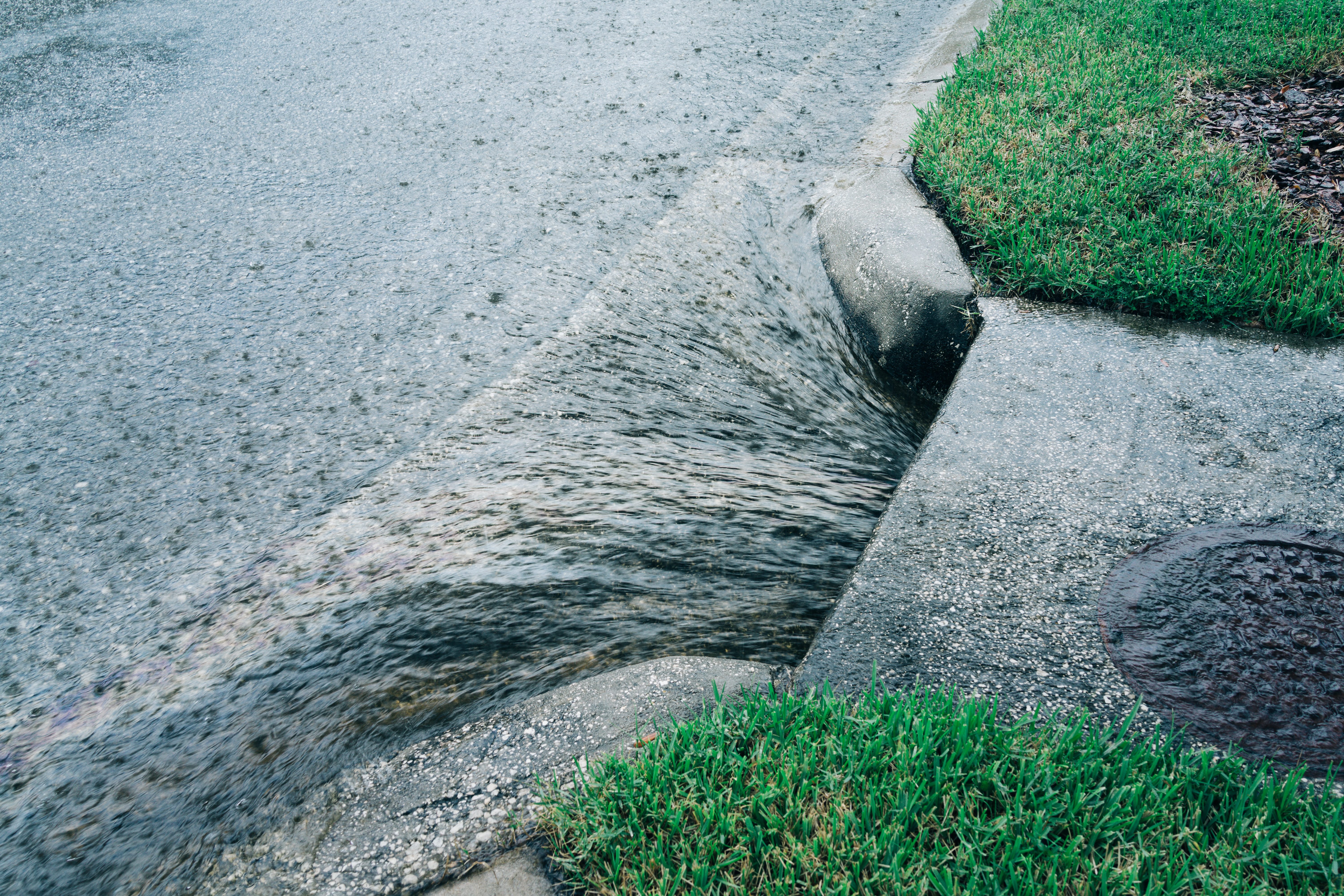Storm water plays an important role in the health of our environment in a big way. Understanding what it is, where it goes, and how it affects our waterways can help us make better choices. Let’s clear up a few common myths:
Myth: Storm water is just rain. It’s always clean and natural.
Reality: Rainwater starts clean, but once it hits the ground, it becomes storm water runoff. As it flows across streets, driveways, parking lots, and rooftops, it picks up pollutants like oil, dirt, fertilizer, trash, and sometimes even chemicals. This runoff – clean or not – enters storm drains and flows into nearby waterways without being treated.
Myth: Storm water goes to a treatment plant before going into the ocean.
Reality: Unlike wastewater from sinks and toilets, storm water may not be treated, depending on where you live. In Hawaiʻi, most storm water flows from our storm drain system directly into streams and the ocean. This means any trash, debris, chemicals, or oils carried by storm water ends up in our environment. As kamaʻāina, it’s our kuleana to dispose of waste properly to protect our islands’ environment.
Myth: The storm drain system is only used during big storms.
Reality: Storm drains are active 24/7 and can’t tell the difference between storm water and other liquids. Whether it’s a heavy downpour or someone dumping something down a drain, it all flows into the system. That’s why our everyday actions matter – what goes down the drain affects storm water quality, storm drain system performance, and the overall health of our environment.
Myth: Storm drain grates filter pollution.
Reality: Most drains in Hawaiʻi don’t have grates. And even when they do, gates can only block large debris like leaves and trash – not harmful liquids or smaller pollutants like microplastics. If grates become clogged, storm water can’t pass through, increasing the risk of flooding.
Myth: If water looks clear, it’s clean.
Reality: Even clear-looking storm water can carry invisible pollutants like bacteria, oils, chemicals, and other hazardous liquids. Since storm drains don’t filter out liquids or tiny debris and microorganisms, water that appears clean can still contain harmful substances that pose risks to people and marine life.
By learning about the reality of storm water, we can all do our part to prevent pollution and protect our water resources. Small actions – like picking up pet waste, properly disposing of paint or oil, and keeping trash off the street – can help keep our storm water clean and our local ecosystems healthy.


